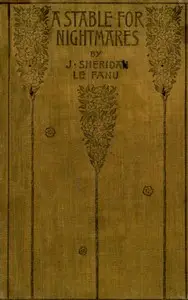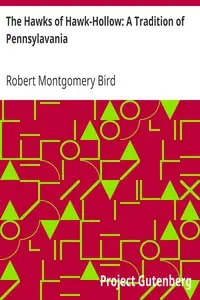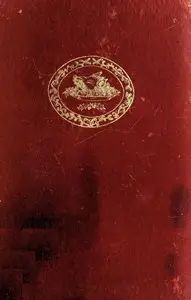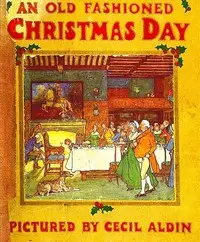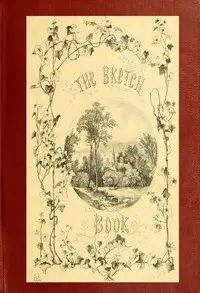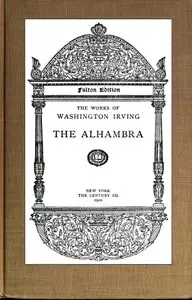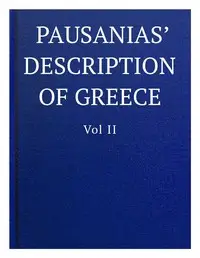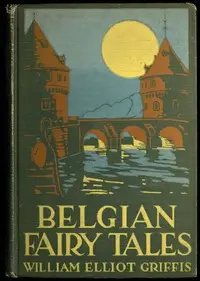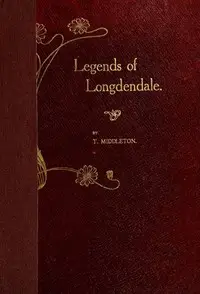"The Legend of Sleepy Hollow" by Washington Irving is a timeless ghost story set in the eerie village of Sleepy Hollow, where old legends and eerie happenings are as common as the rustling leaves. The story follows Ichabod Crane, a tall and thin schoolteacher, full of dreams of marrying Katrina Van Tassel, the pretty daughter of a rich farmer, but faces a large obstacle in the form of Brom Bones, who also seeks her hand in marriage. As Ichabod tries to win Katrina, he becomes more and more caught up in the local ghost stories, specifically tales of the terrifying Headless Horseman. One dark night, Ichabod's fears become real as he encounters the Headless Horseman, leading to a wild chase and his mysterious vanishing, leaving readers to wonder what really happened as the story explores the idea of ambition, competition, and the power of scary stories.

The Legend of Sleepy Hollow
By Washington Irving
In a village filled with ghost stories, a schoolteacher's pursuit of love turns into a terrifying encounter with a legendary headless rider.
Summary
About the AuthorWashington Irving was an American short-story writer, essayist, biographer, historian, and diplomat of the early 19th century. He wrote the short stories "Rip Van Winkle" (1819) and "The Legend of Sleepy Hollow" (1820), both of which appear in his collection The Sketch Book of Geoffrey Crayon, Gent. His historical works include biographies of Oliver Goldsmith, Muhammad, and George Washington, as well as several histories of 15th-century Spain that deal with subjects such as the Alhambra, Christopher Columbus, and the Moors. Irving served as American ambassador to Spain in the 1840s.
Washington Irving was an American short-story writer, essayist, biographer, historian, and diplomat of the early 19th century. He wrote the short stories "Rip Van Winkle" (1819) and "The Legend of Sleepy Hollow" (1820), both of which appear in his collection The Sketch Book of Geoffrey Crayon, Gent. His historical works include biographies of Oliver Goldsmith, Muhammad, and George Washington, as well as several histories of 15th-century Spain that deal with subjects such as the Alhambra, Christopher Columbus, and the Moors. Irving served as American ambassador to Spain in the 1840s.




